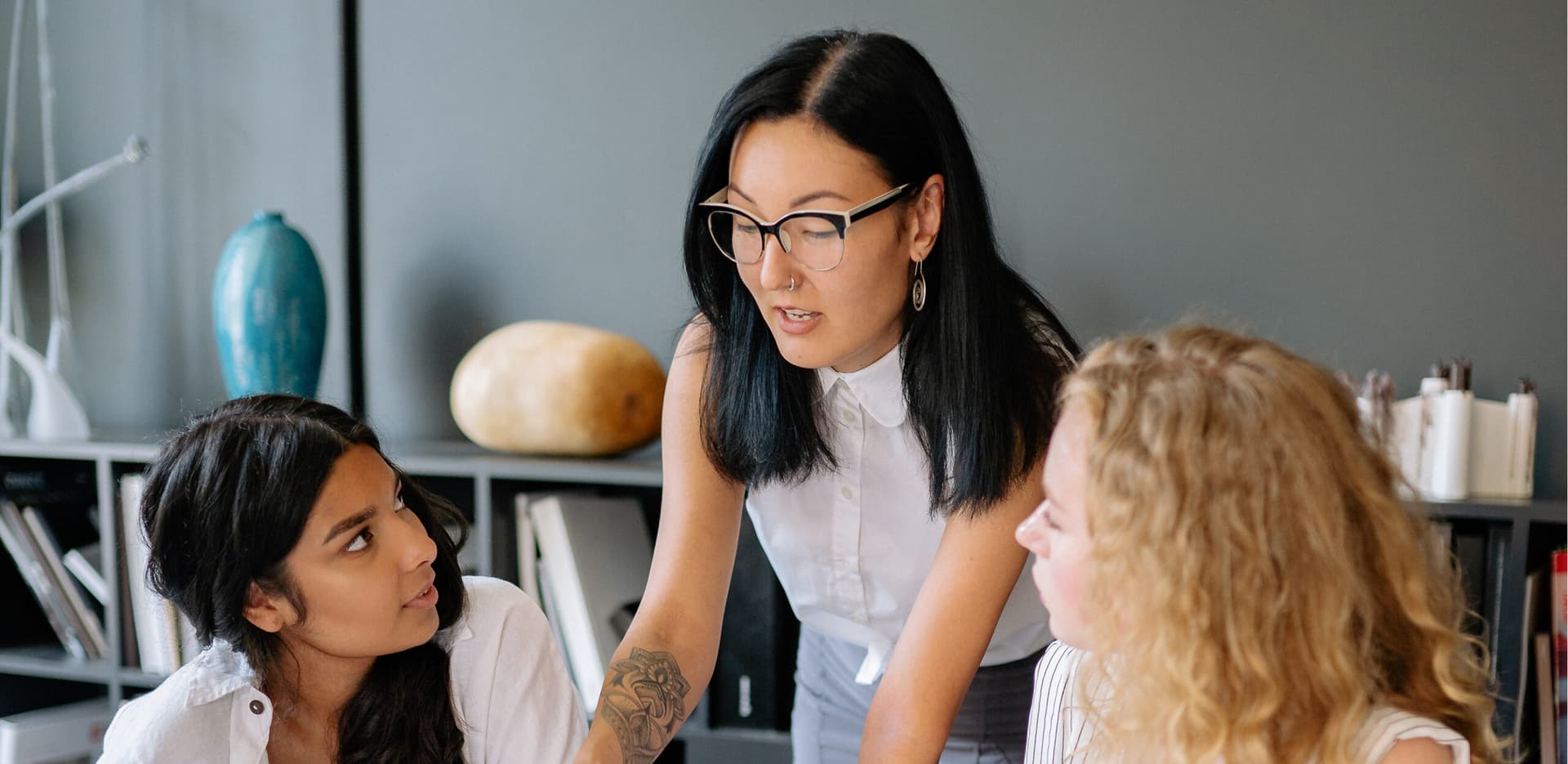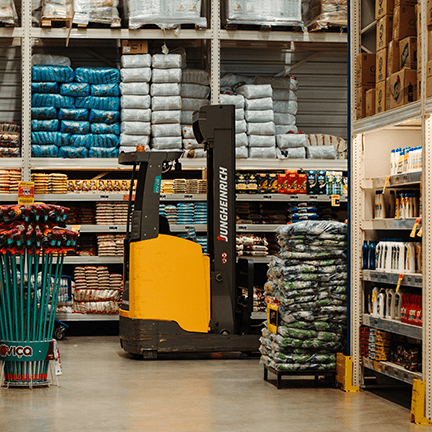Dean Carter |
This week, all Guild employees are gathering at our headquarters in Denver, Colorado for several days of building connections, reinforcing our culture, and identifying ways to increase our effectiveness.
As a remote-first company, where we mostly build the business and collaborate while we’re physically apart, it feels special to be together periodically for this kind of intentional gathering that we all get to experience in real life, together.
It’s not a coincidence that we call the event, “IRL!”
IRL is really about community, and the reason I’m describing this moment at Guild is because community is exactly what most of us think about building and strengthening every day for our employees.
Whether your organization has an in-person, hybrid, or remote work culture, we can all recognize the importance of community for nearly every aspect of the employee experience.
Over the years, I’ve found that community takes shape in many forms and requires a combination of creative thinking, experimentation, and a willingness to seek and adapt to data about what’s working and not working for your employee base.
In that spirit, I want to explore a bit about what it means to build community at work and what we can learn from the past few years to inform the ways we can foster community as HR leaders.
Bringing creativity into community
One of the most important things to remember about communities is that they’re never static. A community at work is constantly shifting, in terms of who’s a part of it, what’s capturing attention, and what needs focus from HR leaders.
It stands to reason, then, that staying nimble and injecting creativity into the community building and management process can be invaluable when working to strengthen communities. Below is just one example of how we’ve brought a spirit of experimentation to this process at Guild.
Community groups
Several months ago, Guild started an initiative called Guild Community Groups (GCG).
Led by volunteers who receive additional compensation for their efforts, the program is designed to bring intentional community programming to regional hubs where Guilders live and work.
So far, we have nine local community groups and one that specifically focuses on our remote community.
With events and activities that span social engagements, community service opportunities, and interest-based activities, we’ve already seen hundreds of employees take part in more than 45 local events.
Participants have shared feedback about how energized they feel to have more frequent chances to come together with coworkers outside the boundaries of their typical work projects to have fun, build connections, and enhance their appreciation for what it means to be a part of Guild.
In addition to unlocking ways to bring fun and play into the workplace, we’ve seen Guilders use the Community Groups structure to organize events recognizing the diversity of our employee base.
For example, we’ve seen meals and volunteer activities recognizing Pride, AAPI Heritage Month, and Hispanic Heritage Month — with more undoubtedly on the way!
I think each of us as HR leaders has gained a deeper understanding of both the definition and the value of community as a result of everything the last few years has brought.
We have a whole collection of stories and lessons about what has enhanced our communities and what we’ve had to rethink.
I’d love to hear from you about your experiences, so please visit my LinkedIn profile and let me know your thoughts on the following topics in the comments:
1. What’s the most impactful example of community in your company?
2. What is the community that energizes you the most at work?
3. What are some steps a leader can take to strengthen a sense of community at work?
Until next time, be well, and cheers to our communities.
Dean’s list
To read more insights about the evolving role of purpose-driven HR leaders from Dean Carter and his CHRO Compass community, sign up here.



